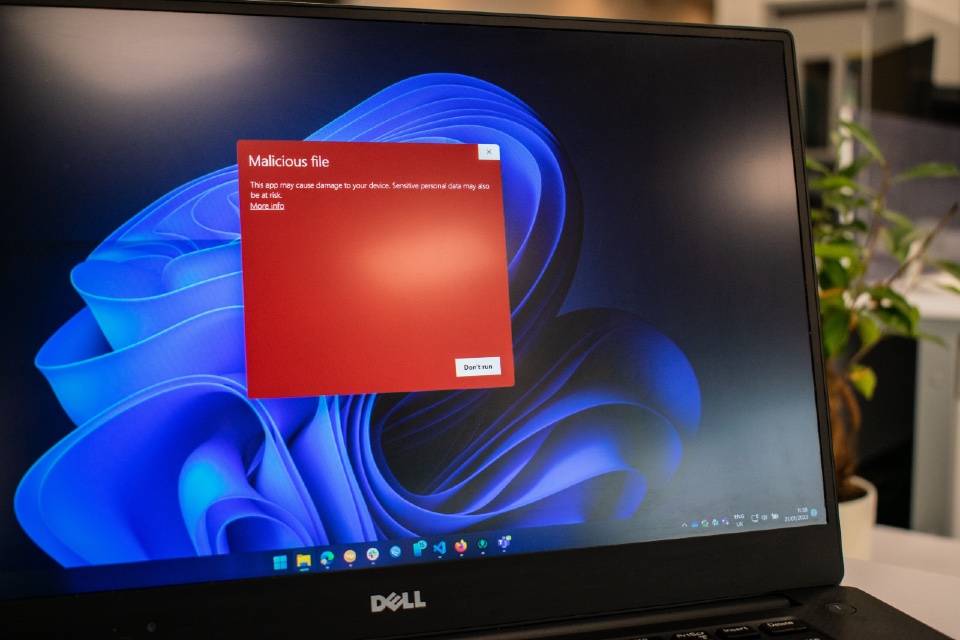The cybersecurity landscape is being shaped by sophisticated and evolving malware threats on a weekly and even daily basis. Chief Information Security Officers (CISOs) are on the front lines, adapting to these emerging challenges with innovative approaches to protect corporate assets.
One of the most concerning trends is the rise of ransomware-as-a-service (RaaS), allowing even low-skilled cybercriminals to launch devastating attacks. For instance, the 2021 attack on the NHS systems highlighted vulnerabilities in public sector security and showcased the crippling effect of ransomware. CISOs must now consider the possibility of insider threats or inadvertent aid from employees to such external attackers.
The emergence of polymorphic and metamorphic malware, which can alter its code to evade detection, has demanded more dynamic and proactive detection mechanisms. Traditional signature-based defenses are no longer sufficient. CISOs are pivoting towards deploying advanced heuristics, behavior analytics, and machine learning algorithms that can anticipate and neutralize threats before they crystallize into attacks.
Additionally, the proliferation of IoT devices has expanded the attack surface dramatically. The 2020 breach of a UK-based energy provider through an IoT device served as a wake-up call. It has prompted CISOs to enforce stringent security protocols and integrate IoT device management into their overall security framework.
The trend of remote work, accelerated by the COVID-19 pandemic, has also introduced novel vulnerabilities. Cybersecurity hygiene for remote employees has become a top concern, with CISOs having to extend corporate security measures to home networks and personal devices through virtual private networks (VPNs), endpoint protection, and zero-trust models.
State-sponsored malware, targeting critical national infrastructure, has added a geopolitical dimension to the CISO’s role. The UK’s National Cyber Security Centre (NCSC) has flagged several such threats, necessitating public-private partnerships for shared intelligence and coordinated responses to these sophisticated threats.
In response to these challenges, CISOs are focusing on creating a robust cybersecurity culture within their organisations. This involves regular training and drills, phishing simulations, and promoting awareness about the latest malware trends among all employees. Emphasising the human factor is crucial, as a single lapse can lead to significant breaches.
CISOs are also adopting integrated security platforms that offer a unified view of the organisation’s security posture. By leveraging Security Information and Event Management (SIEM) systems, they can correlate data from various sources to identify potential threats quickly. Furthermore, advanced threat hunting teams are being employed to proactively scour networks for signs of compromise.
As malware continues to evolve, so must the strategies of CISOs. The modern CISO must not only be a technical expert but also a savvy business leader who can articulate the risks and required investments to stakeholders. They must ensure that cybersecurity is not seen as just an IT issue but as a pivotal part of the organisation’s overall risk management strategy. Through collaboration, innovation, and a relentless focus on education and culture, UK CISOs are reshaping their organisations to withstand the threats of tomorrow.
Are you searching for Anti-Malware solutions for your company or organisation? The Security IT Summit can help!








